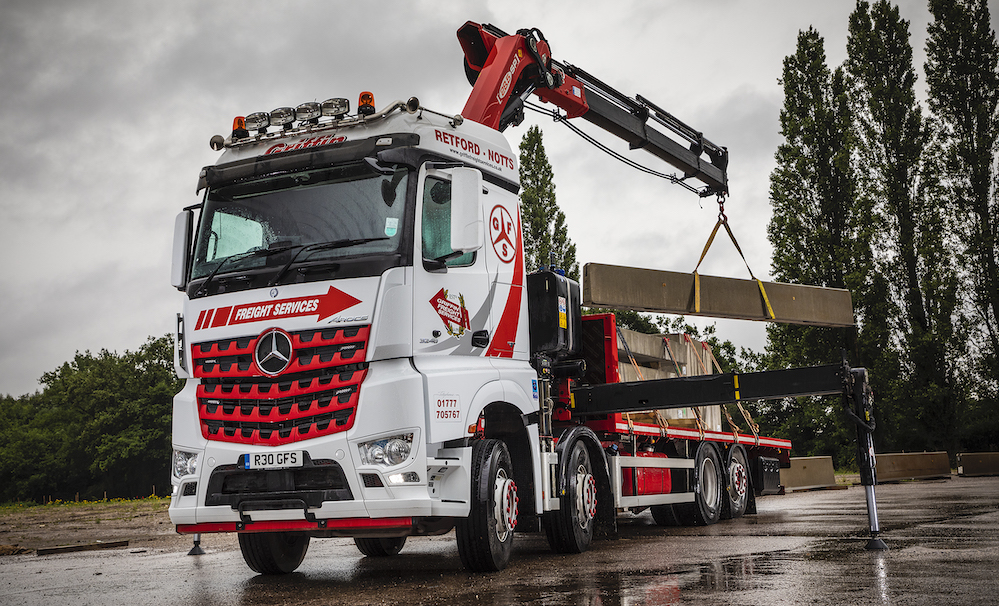

Mercedes-Benz has always focused on motorist and passenger safety.

In the following years, the W135 roadster and W138 limousine were introduced before production was halted by World War II. Five years later, the Mercedes Benz W136 model was released, which was the first diesel passenger car. In 1931, the Mercedes Benz W15, which featured the first four-wheel independent suspension system and new hydraulic brake technology, debuted at the Paris Motor Show and was received well. The following year, 7,000 Mercedes-Benz cars were produced. The first Mercedes-Benz brand cars were released in 1926 at the Berlin Motor Show. In 1899, Jellinek drove at a race in Nice under the pseudonym Monsieur Mercédès this race is considered the birth of the Mercedes brand. Jellinek began selling Mercedes cars not only to the elite in France (like the Rothschild family), but also to billionaires around the globe, including Rockefeller, Astor, Morgan, and Taylor. The automobile was marketed in 1901 by Daimler Motors Corporation, and in 1902, Emil Jellinek, an automobile entrepreneur who worked for DMC, created the trademark for the vehicle, naming the 1901 Mercedes 35 after his daughter, Mercedes.

The history of Mercedes Benz starts in Germany with Karl Benz's creation of the first gasoline-powered automobile, the Benz Patent Motorwagen, which was patented in January 1886. We believe the Sprinters represent a significant improvement for our fleet and will enhance the response we can provide to communities in times of need.We know that plenty of Hyannis residents choose to drive a Mercedes Benz, and for good reason. “Most importantly, our vehicles have to meet the needs of the firefighters who will be using them. They give us options for future mobilising which can be tailored to the specific demands of each incident. These new 6×6 and 4×4 vehicles are not intended to be like-for-like replacements but represent a new concept for us in terms of equipment carried and operational capacity. West Sussex Fire & Rescue Service has been running smaller 4×4 Mercedes-Benz G-Wagens in a variety of roles since 1999 while its specialist rescue and support teams also use Mercedes-Benz Vito vans, alongside a 4×4 Unimog truck.Īcting assistant chief fire officer Kieran Amos explained: “We wanted to move away from a ‘one size fits all’ approach and have more flexibility in our off-road fleet. As this vehicle may be the first to reach the scene of an accident on the A24 trunk road, the rear also has high-visibility markings to maximise operator safety. Fitted with a 400-litre tank, it has been specified to carry Environment Agency spill kits and swift water rescue equipment. The 5.0-tonne 4×4 Sprinter will operate from Storrington. The 1.8 tonnes of spare capacity allows mission-specific loads to be transported to incidents, enabled by a rear-mounted hoist. The 6×6 also has a snorkel for enhanced capability in deep water. It is also well equipped to cope when roads are compromised by severe weather, such as heavy snow. Its 1,200-litre tank will allow crews to fight off-road heath and forest fires with water or foam for 30 minutes before needing to refill. Developed by German specialist Oberaigner, the model uses a 7.0-tonne chassis supplied by local dealer Rossetts Commercials, the sole UK agent for the 6×6 variant, with a purpose-designed body by WH Bence Coachworks, of Bristol, and has been commissioned alongside a 5.0-tonne 4×4 Sprinter version.īoth models are equipped with ultra-high pressure (100 bar, 38 litres/min) pumps, battery-powered hydraulic rescue gear and medical response equipment including defibrilators, as well as comprehensive communications systems.īased in Midhurst, the Oberaigner vehicle can deliver a crew of up to five to any incident in any weather across the county.


 0 kommentar(er)
0 kommentar(er)
